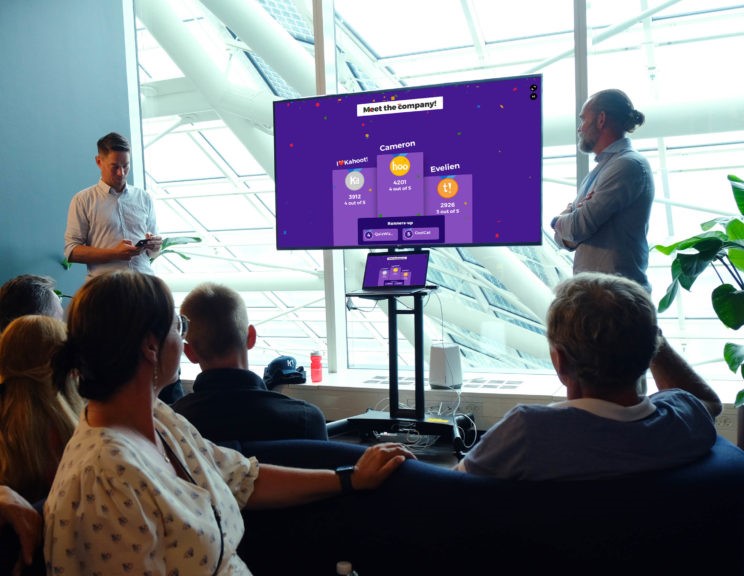Surviving a layoff can feel like a resolution, where the employee can simply breathe a sigh of relief and return to business as usual. For many professionals, however, the post-layoff work routine brings a whole new set of unexpected challenges, which they may not be equipped to handle.
In the Layoff Survivor Survey — based on responses from over 1,000 U.S. employees of companies with recent layoffs — it was revealed that 73% of employees did not receive structured training or orientation for their new work responsibilities. This not only raises alarm bells for workforce efficacy and productivity; it may also result in significant missteps. According to the data, 65% of all respondents — and 77% of Gen Z respondents — say the lack of training after a layoff led to costly mistakes.
At the same time, employee engagement has dropped to its lowest point in a decade, as reported by Gallup. This downturn in engagement appears to be exacerbated not only by the layoffs themselves, but also by the lack of support for the employees who remain.
A company’s post-layoff training strategy can have far-reaching impacts on its workforce and overall performance, from employee engagement and efficiency to retention of top remaining talent. How can companies prevent or address these pitfalls of workforce disruptions, and empower their current team to flourish in the new organizational landscape? Get started by exploring these data-driven tips:
1. Re-onboard remaining employees.
Generally speaking, organizations fail to provide employee training and development after a layoff because — other than with formal promotions — they don’t see remaining employees as stepping into new roles. However, 43% of employees surveyed said they were frequently or constantly assigned responsibilities outside their area of expertise without any training. This leaves employees to simply “figure it out” on their own, in some cases spending hours per week on trying to find information or learn new skills without guidance.
With such significant new responsibilities, these layoff survivors are not simply staying in their positions; their roles are expanding or even pivoting to focus on different areas. To ensure employees are equipped for these new tasks, an organization’s training team can invite remaining employees to “re-onboard.” Trainers introduce employees to their new responsibilities, ensuring clarity and accountability on both sides, while also re-energizing them in their work.

2. Make training bite-sized, self-paced and interactive.
Despite its clear importance, one potential challenge for post-layoff training is simply lack of time. Most surveyed employees reported that layoffs brought an immediate increase to their workload, and that even a month later, this new, heavier workload remained.
To ease this time pressure while still giving employees the knowledge they need, try a microlearning format, where employees complete bite-sized learning experiences that deliver the most important information. Longer courses can also be made more manageable by making them available on demand and letting employees complete them at their own pace as they need it. This can also prevent employees from feeling overwhelmed by new information or forgetting it before they have a chance to use it.
Interactivity should also be a core component of re-onboarding training. Actively involving employees in the learning process is not only key to engagement, but for gathering important data and insights. When learning is interactive, organizations can assess employees’ current knowledge and skills, identify areas where they need more support and even gather direct feedback.
3. Support younger employees.
Perhaps ironically, one of the most stark potential impacts of this lack of training after layoffs is on retention, especially for young talent. Nearly half of respondents — across generations — said that without training, they would likely leave within a year. For younger employees who are often newer to the company, with less institutional knowledge, connections and skills, a lack of support can feel even more daunting. Nearly 3 in 4 Gen Z employees said they have thought about leaving their employer because of greater pressure and insufficient support after layoffs.
There are many ways to support young employees in the post-layoff training process, from connecting them with mentors to facilitating peer-to-peer learning, and beyond. Organizations can also experiment with strategies like game-based learning, which many Gen Zers used in the classroom throughout their education. With a game-based approach, companies can make training more engaging and relatable for younger employees, and when the learning is social, it can also be a great way to forge connections and a stronger sense of teamwork.

Employee layoffs are never easy, for both those who leave and those who stay. However, with thoughtful support and the right learning resources, training teams can help remaining employees feel not only prepared but also excited to take on new challenges.
Engage your organization’s workforce through impactful training and more with Kahoot! 360!
This blog post is based on an article originally published in Training Industry.




